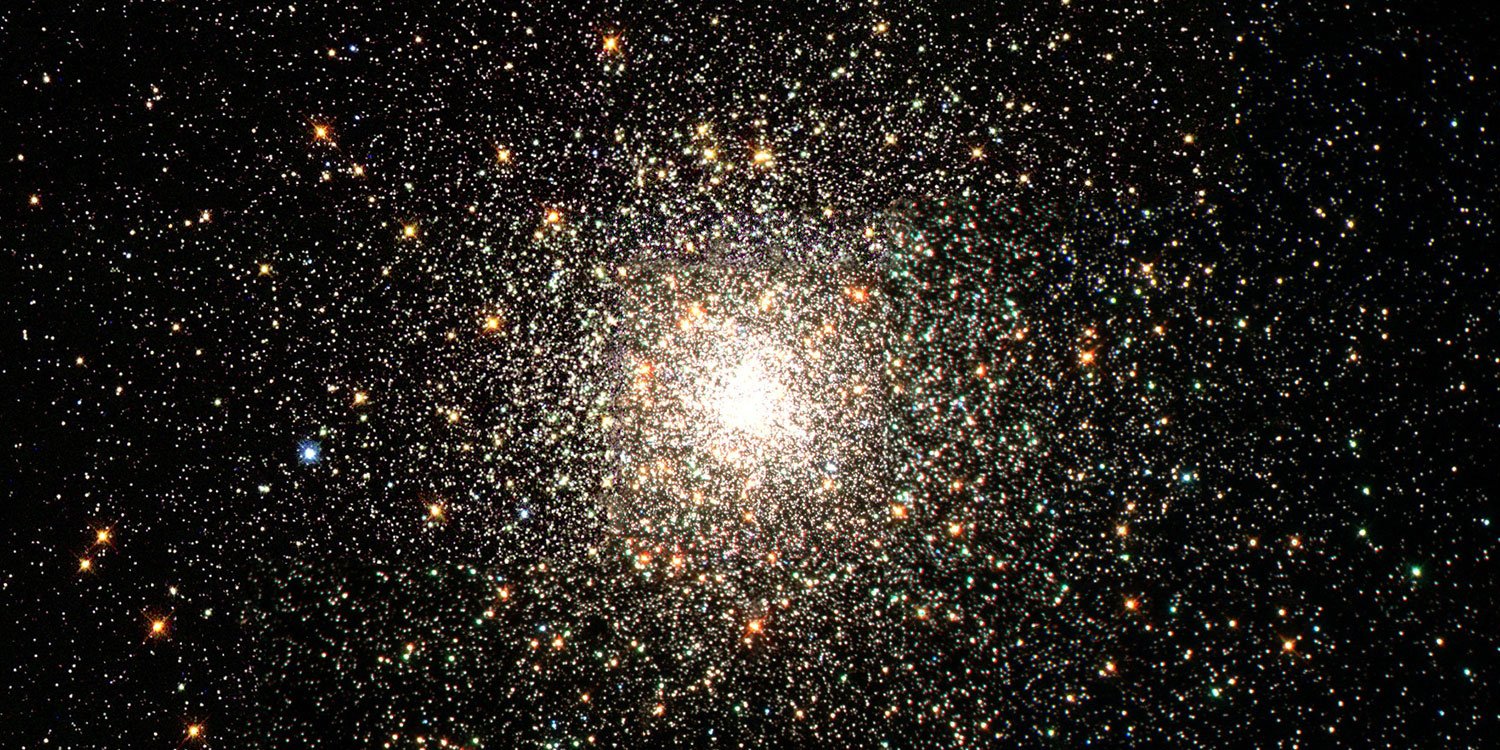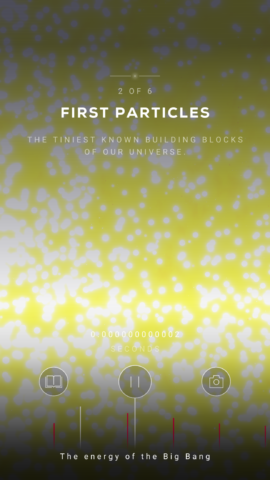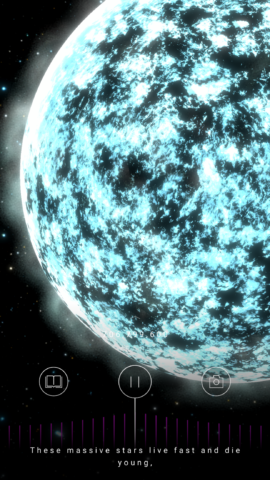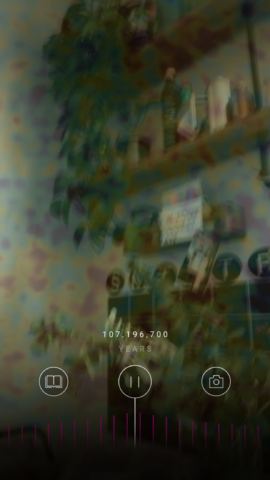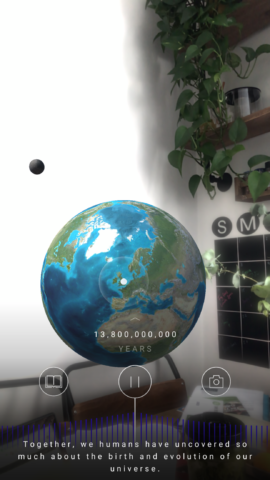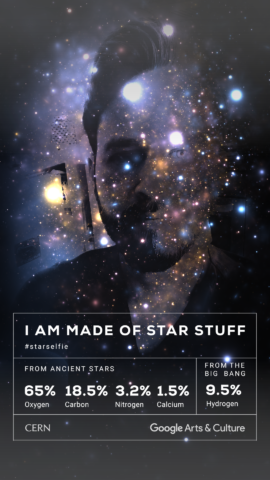Explore our beginnings in this AR-powered edutainment app
Price: Free
Version: 1.0
Size: 209.8 MB
Developer: CERN
Platform: iPhone/iPad
What do you get when you cross the world’s biggest institute of science, an internet giant, and a still relatively gimmicky technology? Well, throw in a Hollywood celebrity as a narrator, and you get something surprisingly compelling!
Despite its relatively uninspiring name, the effect is quite the opposite in the app which is a collaboration between CERN and Google Arts & Culture. Featuring actor Tilda Swinton, the ‘better with headphones’ app using Augmented Reality to take users back in time by 13.8 billion years to the time of the Big Bang.
The app takes things back to the beginning and plays out the formation of the universe and everything in it using the backdrop of your everyday surroundings.
In terms of design, this app is phenomenal. The AR works incredibly well and isn’t filled with the bugs or choppy animations so often seen in apps like this. As a result, you’ll get a smooth and seamless experience – though be aware that it will drain your battery pretty quickly!
All the greatest hits from the science world are here – from experiencing the first particles and atoms, to exploding stars and supernova. You can also explore the nebula, all accompanied by the transatlantic tones of Swinton, who delivers her words with an engaging authority. The planets, the stars, and the rest of the digital effects are overlaid over what your camera can see, but it’s not just dodgy graphics slapped on top of the world. Rather, the AR makes use of star scenes and uses them as filters over the camera image adding to the engagement.
The secret to its success with AR, we think, is that its use is actually relatively subtle. A lot of the time – especially in the early chapters, you don’t see your surroundings, instead, you’re amidst dense fogs of fields of atoms. The app invites you to move closer to objects, or look around, and it’s the infrequent use your actual camera’s view that maintains the immersion.
One of our favorite parts was when we were invited to move closer to a star. We moved towards the view of the star using our device and subtle vibrations became more pronounced as the roaring of fire elevated. Everything works in sync, looks, sounds and plays beautifully.
Put simply, it’s best in class for AR apps, combining a full screen of detail with high fidelity audio to fully immerse the user, while the content itself is divided up helpfully into chapters. While it’s quite short, it’s a lovely slice of science to enjoy and inspire.
And the best part? It’s entirely free.
